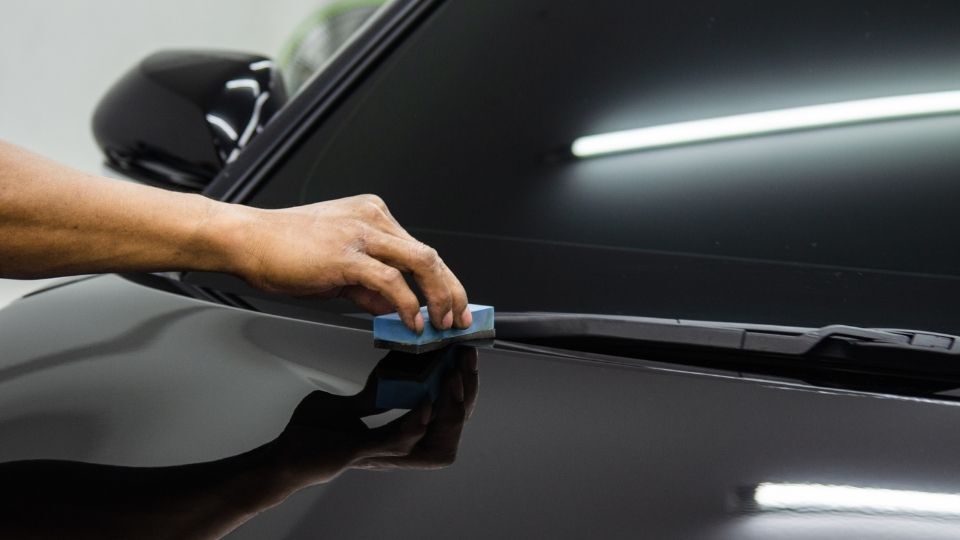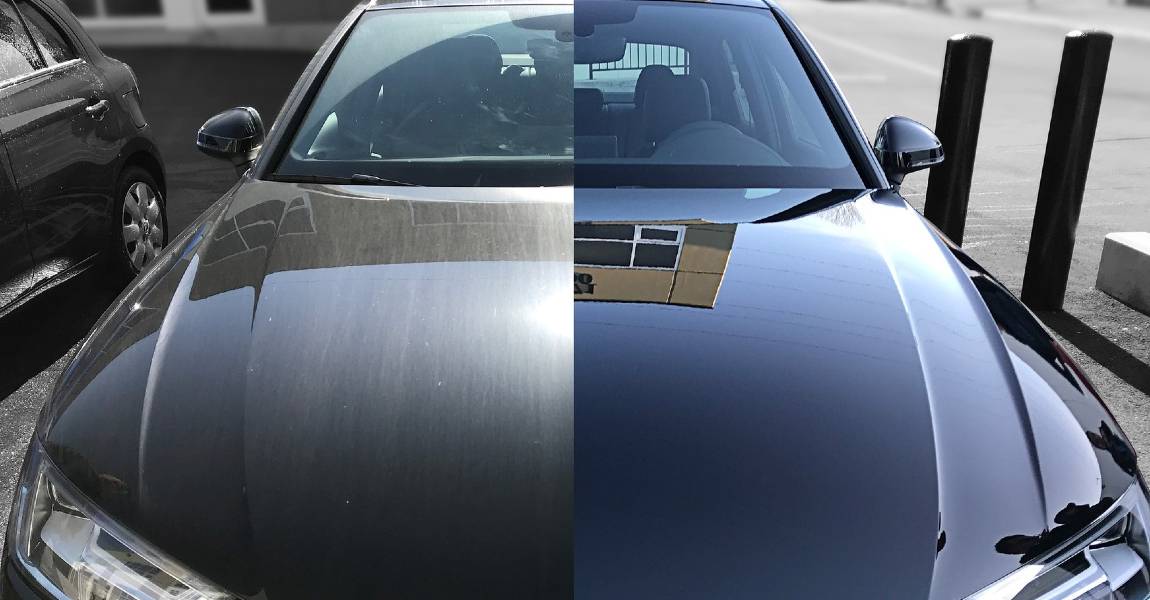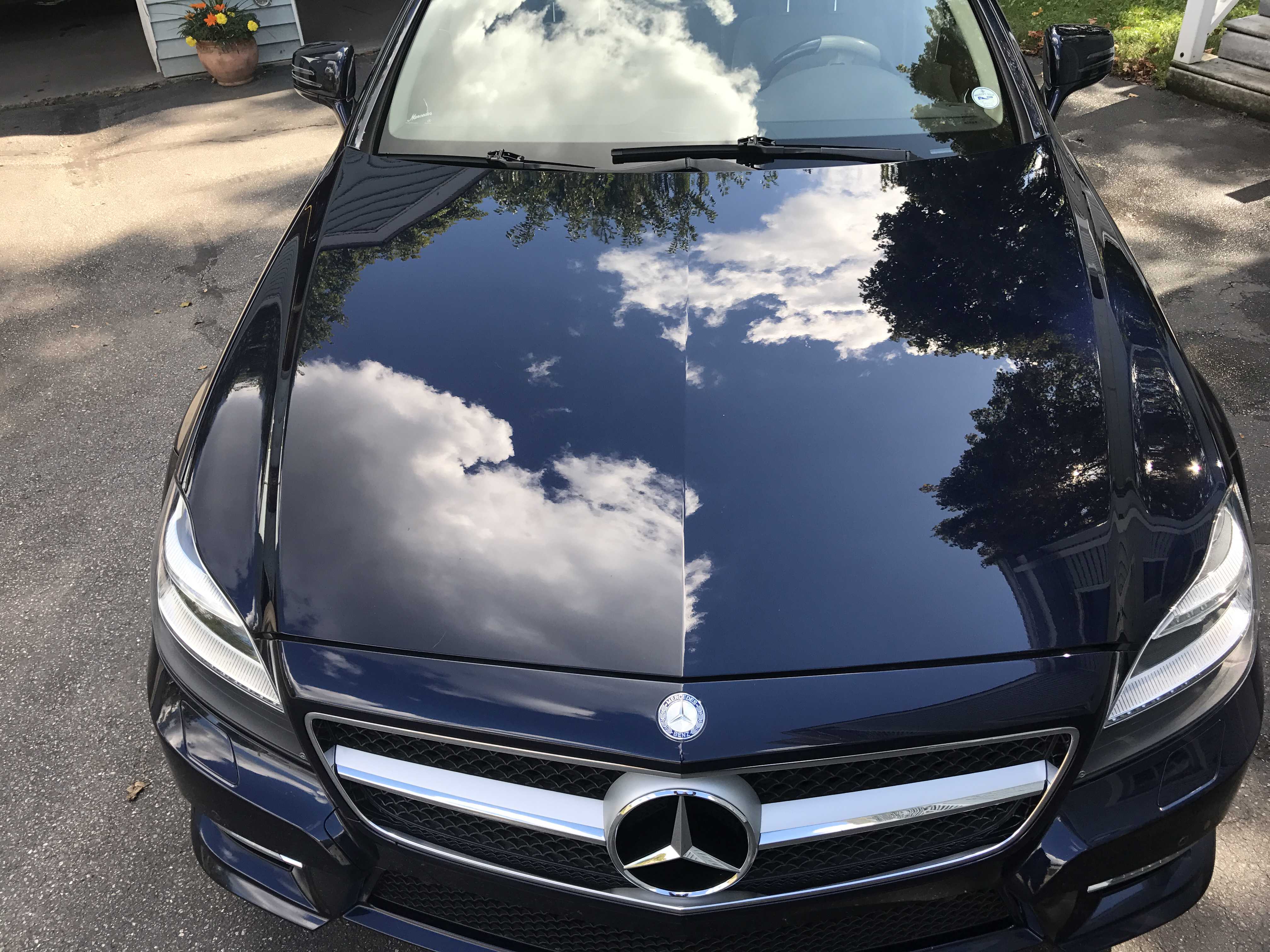Ceramic Finishing vs. Standard Wax: Which Supplies Much Better Long-Term Security?
The debate in between ceramic coverings and typical wax for car defense has gathered substantial attention among vehicle lovers and experts alike. While both satisfy of protecting paint, their distinctions in resilience, application, and long-lasting upkeep expenses might affect a consumer's selection. Ceramic finishes flaunt remarkable longevity and resistance to ecological variables, yet the complexity of their application increases inquiries concerning access and usefulness. As we discover these contrasting choices, it ends up being necessary to consider not just the immediate benefits but also the implications for automobile care over time.
Overview of Ceramic Covering
Ceramic finishing has acquired substantial appeal amongst automotive enthusiasts and detailers alike because of its advanced protective top qualities. This cutting-edge modern technology is developed to produce a resilient, hydrophobic shield over an automobile's paint surface area, dramatically enhancing its resistance to environmental impurities such as dust, UV rays, and chemical discolorations. Unlike traditional wax, which offers a short-term layer of security, ceramic coverings bond at a molecular degree with the paint, offering long-lasting resilience-- frequently extending beyond two years with appropriate upkeep.
The application process entails meticulous prep work of the car's surface, including cleaning and brightening to make sure ideal adhesion. Once applied, the layer remedies to develop a robust layer that not only includes depth and gloss to the paint yet additionally simplifies upkeep. With its hydrophobic residential or commercial properties, ceramic layer enables water and dust to glide off more conveniently, reducing the frequency of cleans and decreasing the threat of swirl marks.
Additionally, ceramic coatings are readily available in numerous formulations, enabling users to select products customized to their particular needs and choices. On the whole, ceramic covering represents a significant innovation in paint protection innovation, providing premium performance compared to traditional alternatives.
Overview of Conventional Wax
Generally considered as a staple in vehicle treatment, wax functions as a preferred choice for those looking for a straightforward technique to enhance and shield their vehicle's paint - ceramic coating. Automotive wax generally consists of all-natural components, such as carnauba, or synthetic substances, created to create a safety layer on the surface of the paint. This layer not only boosts the car's gloss and beam but also offers a barrier against environmental impurities
The application of wax is usually straightforward, making it accessible for both professionals and DIY lovers. As soon as applied, wax calls for a curing period, after which it solidifies to form a safety shell.
Nonetheless, while wax is effective for improving the visual allure of a car, it is very important to note that the defense it supplies might require a lot more regular reapplication compared to alternative products, such as ceramic finishings. Overall, typical wax stays a preferred alternative for those prioritizing simplicity of usage and instant aesthetic renovation.
Longevity and Long Life Contrast
While both ceramic layers and typical wax offer safety advantages for automobile paint, their sturdiness and durability vary dramatically. Conventional wax, usually made from natural carnauba or synthetic polymers, typically supplies a safety layer that lasts around 3 to six months. This relatively short lifespan demands routine reapplication to keep ideal protection.
In comparison, ceramic coverings are crafted from innovative nanotechnology, forming a covalent bond with the paint surface. This causes a robust, hydrophobic layer that can withstand for two to 5 years, depending upon the item and environmental problems. The remarkable longevity of ceramic layers is associated to their chemical framework, which provides improved resistance to scrapes, UV rays, and oxidation.

Protection Against Ecological Variables
Shielding a car's paint from ecological aspects is important for maintaining its look and value in time. Automobiles are continuously revealed to a variety of elements, including UV rays, bird droppings, tree sap, acid rainfall, and roadway gunk, every one of which can jeopardize the integrity of the paintwork.
Ceramic finishes supply a durable defense against these environmental assailants. Unlike typical wax, which can degrade quickly under UV exposure, ceramic finishings create a resilient, hydrophobic layer that stands up to the dangerous effects of sunshine and toxic wastes. This sophisticated innovation creates a chemical bond with the car's surface area, offering premium security that lasts for several years, also in rough conditions.
In contrast, ceramic coatings keep their safety top qualities much longer, dramatically decreasing the threat of paint damages and making certain that the vehicle preserves its visual allure. As an outcome, ceramic finishes are progressively acknowledged as the remarkable choice for long-lasting defense versus ecological factors.
Application and Upkeep Differences
The methods of application and subsequent maintenance for ceramic layers and standard wax differ substantially, affecting the overall user experience and efficiency of each product. Ceramic finishings require an even more detailed application process, typically including surface area prep work that consists of cleaning, decontaminating, and polishing the vehicle. As soon as the surface is all set, the ceramic covering is used in a controlled atmosphere, frequently needing specialist knowledge to make sure proper curing and bonding to the paint.

While both items boost car appearance, the longer-lasting defense used by ceramic finishings may validate their first financial investment, regardless of the even more demanding application process. Alternatively, traditional wax continues to be a prominent selection for those seeking an easier, albeit temporary, solution.

Final Thought
To conclude, Learn More ceramic layers show substantial advantages over standard wax in regards to toughness and environmental protection. With a lifespan extending 2 to five years and superior resistance to UV rays, dust, and chemical discolorations, ceramic layers offer an extra efficient solution for long-lasting lorry upkeep. Although the application process may need specialist proficiency, the resulting expense savings and lowered regularity of reapplication highlight the worth of ceramic finishings for those looking for optimum lorry protection.
The dispute between ceramic finishings and typical wax for see this site car defense has actually gathered considerable attention among automotive enthusiasts and specialists alike. Unlike typical wax, which gives a momentary layer of security, ceramic coatings bond at a molecular level with the paint, using lasting sturdiness-- commonly extending past two years with proper upkeep.
While both ceramic layers and conventional wax deal safety benefits for auto paint, their durability and longevity vary considerably. For cars and truck fanatics seeking long-term security, ceramic coverings provide a compelling benefit over typical wax products.
In final thought, ceramic coatings show substantial benefits over standard wax in terms of durability and environmental defense.
Comments on “Ceramic Coating: The Future of Automotive Surface Protection”